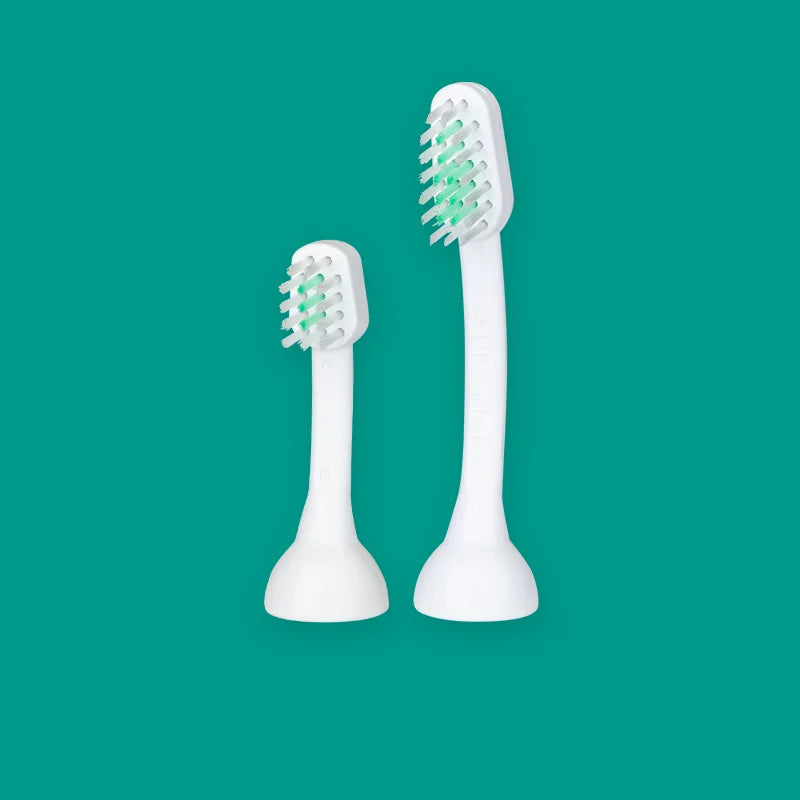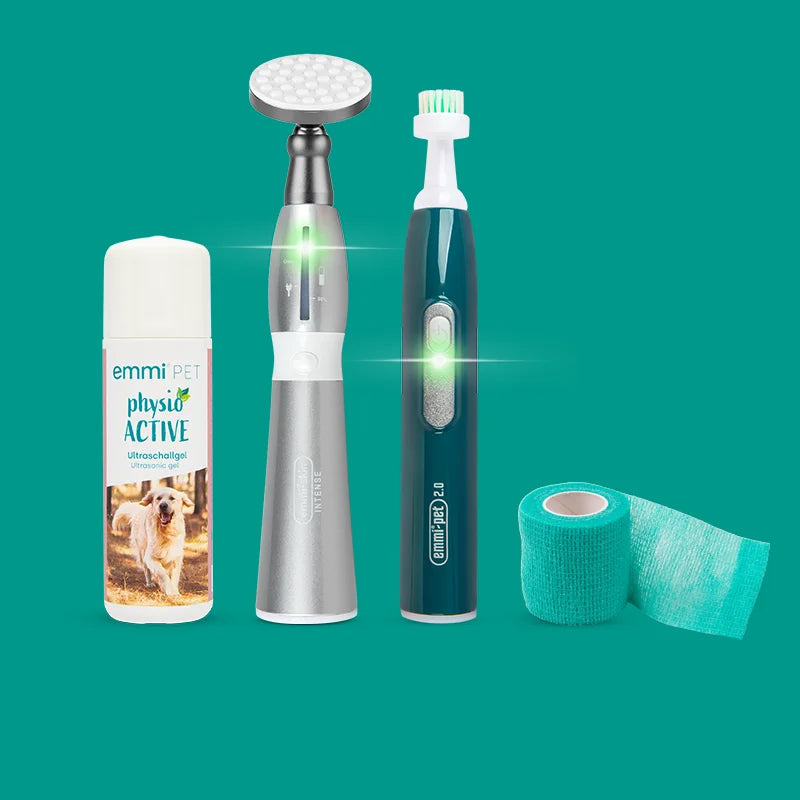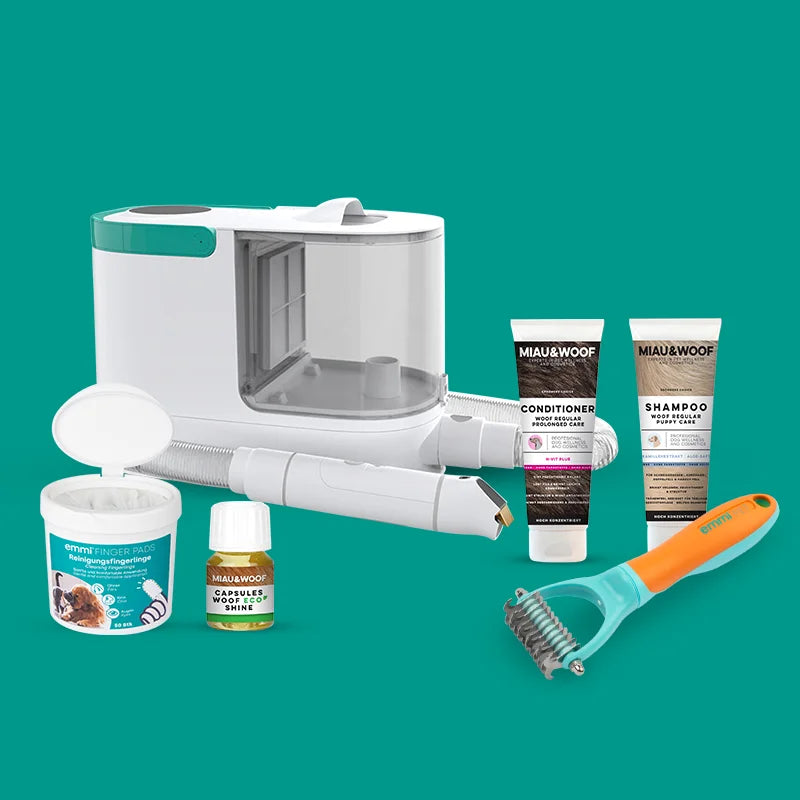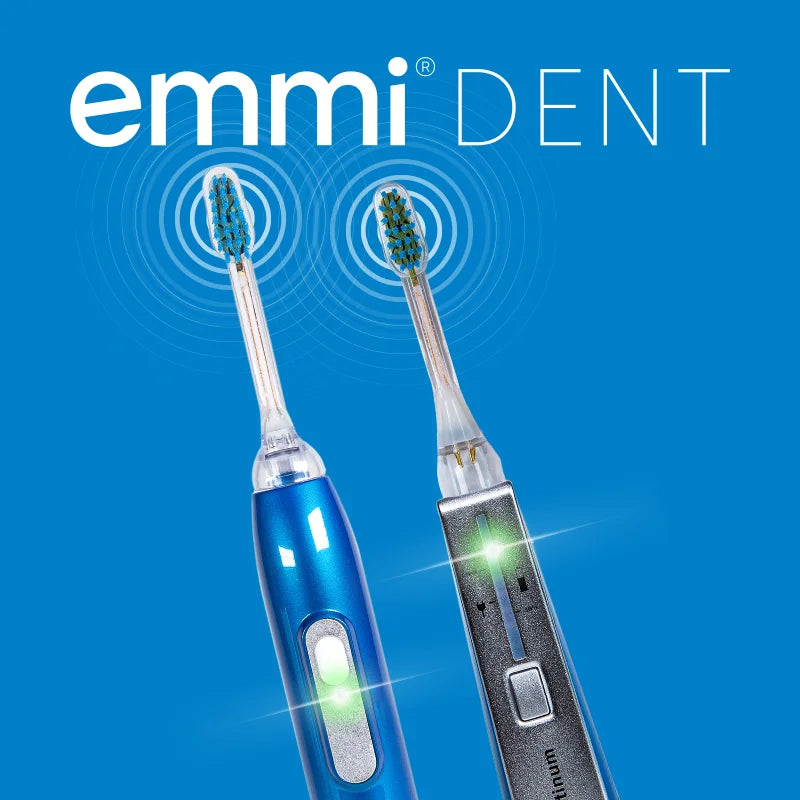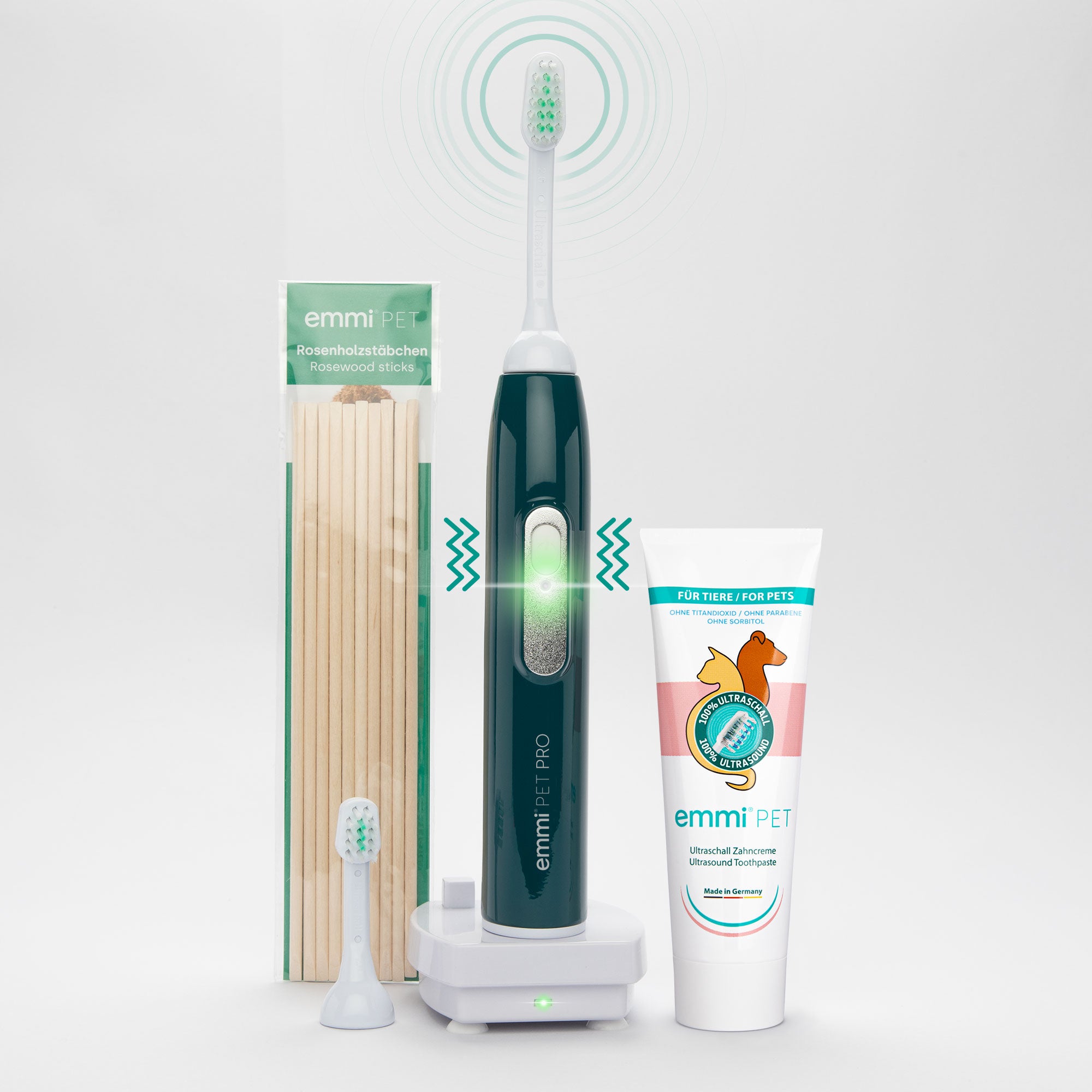Tartar in cats – what helps?
Causes and symptoms of tartar in cats
If your cat already has a massive buildup of tartar, a trip to the vet is unavoidable. But how can you prevent tartar buildup in cats? Daily dental care and high-quality food contribute significantly to dental health. In today's blog post, we'll explain how to recognize the first signs of tartar on your cat's teeth and how to prevent it from spreading.
Similar to humans, the first signs of tartar buildup in cats are hard, rough, and brownish deposits on their teeth. This plaque is caused by food residue, harmful bacteria, and components of cat saliva.
In contrast to tartar, plaque has a much softer structure. This makes it relatively easy to remove plaque (initial deposits) from your cat's teeth. However, when plaque hardens, tartar forms. This is no longer as easy to remove as plaque.
The symptoms of plaque in cats are diverse. They are usually clearly visible as a yellowish to brown discoloration of your cat's teeth. One-sided chewing can also indicate plaque and, in turn, an existing inflammation. While plaque initially forms at the neck of the tooth, it can eventually spread throughout the entire tooth.
The primary cause of plaque is harmful bacteria. They convert food residues, primarily carbohydrates, into certain sugars. These sugar compounds cause the waste products to build up on your cat's teeth in the form of plaque. But that's not all: Deposits of this kind are often accompanied by toxins. These cause healthy gum tissue to become inflamed, even to the point of death.
The breakdown products of harmful bacteria can spread throughout your cat's body via the bloodstream. This can lead to heart, kidney, and liver disease. Especially in older cats, urease (urea)-producing bacteria play a major role in their overall health. If too much urea is produced, it is metabolized into ammonia. Ammonia is dangerous because it also negatively affects your cat's kidneys. Your cat's kidneys cannot properly process or excrete large amounts of toxins.
If the microbial plaque that forms on your cat's teeth isn't regularly removed, tartar will spread uncontrollably. Genetic factors can promote its spread, as can your cat's age and the mineral concentration of their saliva.
How can you prevent tartar in cats?
Similar to humans, veterinarians also use ultrasound technology for professional tartar removal. However, since cats in advanced stages of the disease cannot undergo the procedure without anesthesia, professional dental cleaning is associated with considerable effort, risk, and expense. It is not uncommon for inflammation and previously formed pockets in the gums to also need to be treated during the dental cleaning process. In this case, we refer to this as surgery.
But how can you prevent tartar in your cat? Prevention rather than cure is the key here. Regular dental care can effectively prevent deposits and initial plaque buildup, and with regular daily care, even remove them. Our emmi®-pet ultrasonic toothbrush for cats is ideal for daily dental care for your cat. The sooner you get your cat used to daily oral hygiene, the better.


